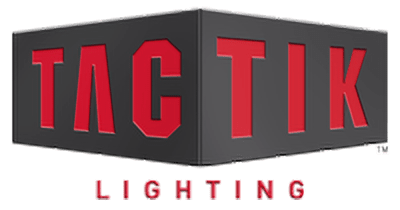
High-Efficiency LED Lighting Is Supposed To Be A Great Investment; So, Why Are So Many Buyers Frustrated?
We hear the story over and over again. End-users looking to save money on their utilities invest in high-efficiency LED lighting. Since savings is top of mind for them, they tend to gravitate towards the lowest price brand they can find. But in these instances, a number of customers find that the promise of LEDs doesn’t live up to the hype. So, what’s the deal?
LED lighting is supposed to operate for a fraction of the cost of traditional options. Plus, they’re purported to last far longer. Unfortunately, the science of LEDs and the reality of LEDs in punishing commercial and industrial environments can be two vastly different things.
Yes, the science says an LED can produce far more lumens per kilowatt than traditional fluorescents, incandescent and metal halide fixtures. Lab comparisons also indicate a much longer lifespan. But what that data doesn’t tell you is how vulnerable LED performance and reliability can be to operating conditions.
The big culprits:
- High temperatures
- Low temperatures
- Dust
- Grit
- Corrosives (Sprays and gases)
- Moisture
- Vibration
Harsh-duty environments can rapidly degrade lighting performance and lead to premature fixture failure. Because of this, the engineering, the quality of the materials and the construction of the fixture are all that’s standing between the elements and your customers’ satisfaction with the product they’re buying from you.
For example, internal drivers can contribute to unwanted heat build-up. Heat sink fins that are too close together easily can become clogged with dust and grit, further compounding heat issues. The right transient voltage surge suppressors can be the difference between a long, hassle-free service life and an early replacement.
In future posts, we’ll take a closer look at topics like heat, circuit board design, solder type and thermal paste to help you better understand why some LEDs deliver on the promise of energy efficiency and longer life and some don’t.
High-volume, overseas made and assembled LED lights might look like a cheaper way to go on that initial PO. But that choice could cost your customers dearly in the long run.
We’ll also be serving up some insights into customer lighting issues like driver board failure rates, shadow, glare and the integrity of electrical connections within fixtures. We hope what you learn along the way will help you better serve your customers and keep them coming back to you as a valued resource for their business.
To learn more about the best high-efficiency LED Lighting for your unique environment, contact Tactik today!
